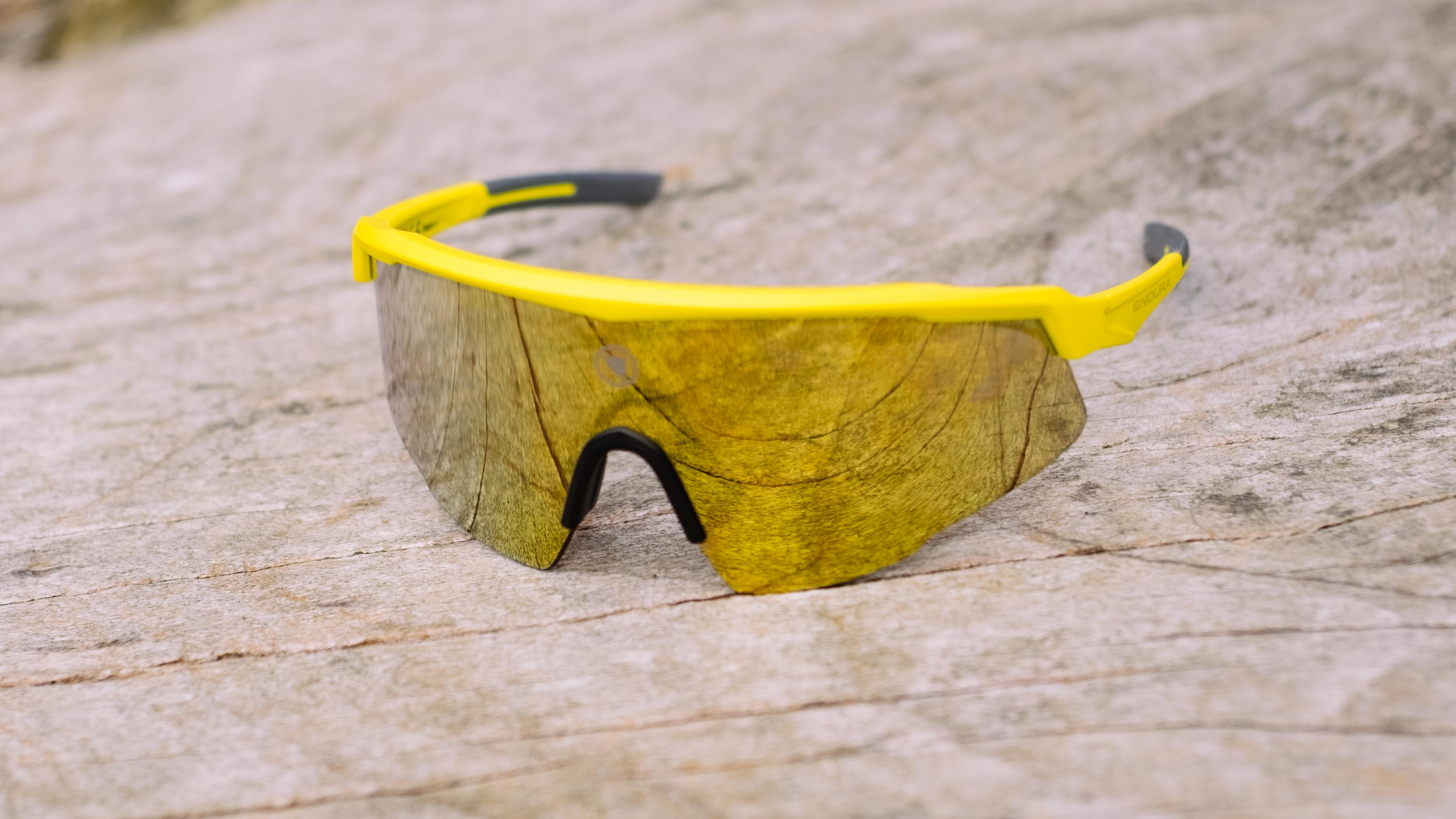Cyclingnews Verdict
For the price these glasses are hard to beat, and can mix it with far more expensive offerings. Don't expect top of the range performance, but they're definitely a quality product
Pros
- +
Excellent field of view
- +
High end aesthetics
- +
Good build quality
- +
Brilliant value
Cons
- -
Lenses get very greasy very easily
- -
Internal reflections in low sun are severe
You can trust Cyclingnews
Cycling glasses are, for me at least, the cherry on top of any cycling outfit, whether it’s carefully curated or haphazardly thrown together while trying to upload a route to your cycling computer while you're already late. They’re an indication of your riding intentions: Fast clothes + casual glasses = Chill ride. Chill clothes + Performance specs = Giving it beans. Thank you for coming to my TED talk.
While you can get away with using general-purpose sunglasses while riding, using dedicated cycling glasses will definitely improve things. Cheap cycling glasses will offer improved coverage and wind protection, and the best cycling glasses will offer enormous coverage, low weight, and lenses specifically tuned to certain conditions. Somewhere between the two ends of the spectrum exists that mythical mid-range product, that offers the performance of high-end options with a price tag more akin to the lower end. Has Endura hit this with its Shumba II sunglasses? With a price tag, even at full price, half that of some top-end models, they are certainly going to be up for consideration from a financial standpoint for a greater number of us, provided the performance at least matches the cost.
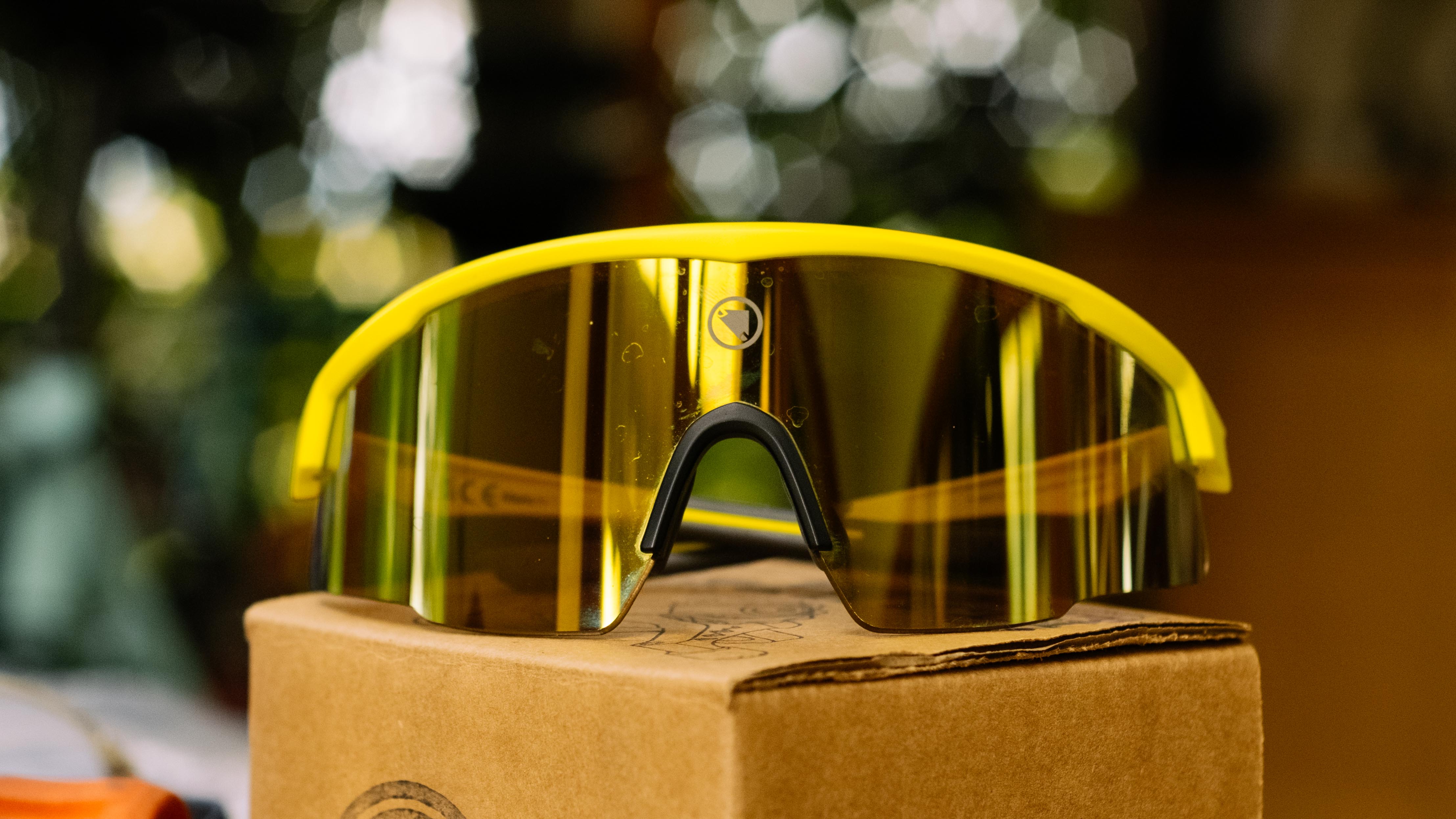
Design and aesthetics
Rare is it nowadays when a performance-oriented set of cycling glasses is released with a two-lens design, and the Endura Shumba II is not going to buck that trend. The large, heavily wrapped half lens is in keeping with the modern trend for a single, big, tinted piece of plastic to keep your eyes on the road.
There is also something of a trend whereby the more money you spend, the bigger the lens you get. The lenses on the Shumba II are large, but not so large as the frankly enormous POC Devour, but they are as tall as a pair of Oakley Sutros. They seem smaller though visually thanks to the heavier wrap and tapering at the edges of the lenses They fit slightly closer to the face, and as such don’t need to be so large to provide the level of visual coverage we’ve come to expect.
The lens itself is totally unvented, and is also almost entirely free of any design features save for a stepped transition between the lower frontal area and narrower wings (usually done to avoid any unwanted lens-cheek interaction), and an Endura logo above the nose bridge.
The frame is pretty sturdy, with enough flex in the arms to provide ample temple grip without fitting like a vice. The arms are similar to that from Oakley in that they feature no discernible ear hooks (though they do have a very subtle downward curve) but instead use long arms that wrap more around the rear of the head to provide retention. The plastic is matte and, in this case, a bright neon yellow. The plastic does feel a little cheap when viewed next to something like the soft touch of offerings from 100%, but in all honesty, It feels no less premium than some models twice its price from Scicon or Sungod. The build quality is very good too, with no play in the arms.

Field of view
Looking down from above it’s clear to see that these are a pair of cycling glasses with a pretty heavy wrap to them, especially when compared to something flatter like the Oakley Sutro; more of what you might think of as classic euro styling. This has two effects, the first of which is that the peripheral vision is excellent. I’d go so far as to say the field of view is better than that provided by the Oakley Sutros and, thanks to a less obtrusive nosepiece, less obstructed than that of the Oakley Encoders (my usual go-to pair).
The lens height is sufficient that the upper frames never enter the field of view, and as there is no bottom half to the glasses there isn't anything to disrupt the bottom or peripherals either. From a purely field of view standpoint, these can absolutely mix it with the best in the business.
The second effect of the heavy wrap is that the Endura Shumba II sit very close to the face and can feel more claustrophobic as such, with less wind movement throughout. Absolute wind protection was very good, but when the mercury rises they can feel a little toasty behind the golden mirror finish.
The only noticeable obstruction came from the Endura logo on the lens itself. I do have a slightly wonky nose, so it featured more on one side of my vision than the other so you may well find this isn't a real issue for you, and in reality, it only ever drifted into my consciousness while on boring stretches of tarmac.
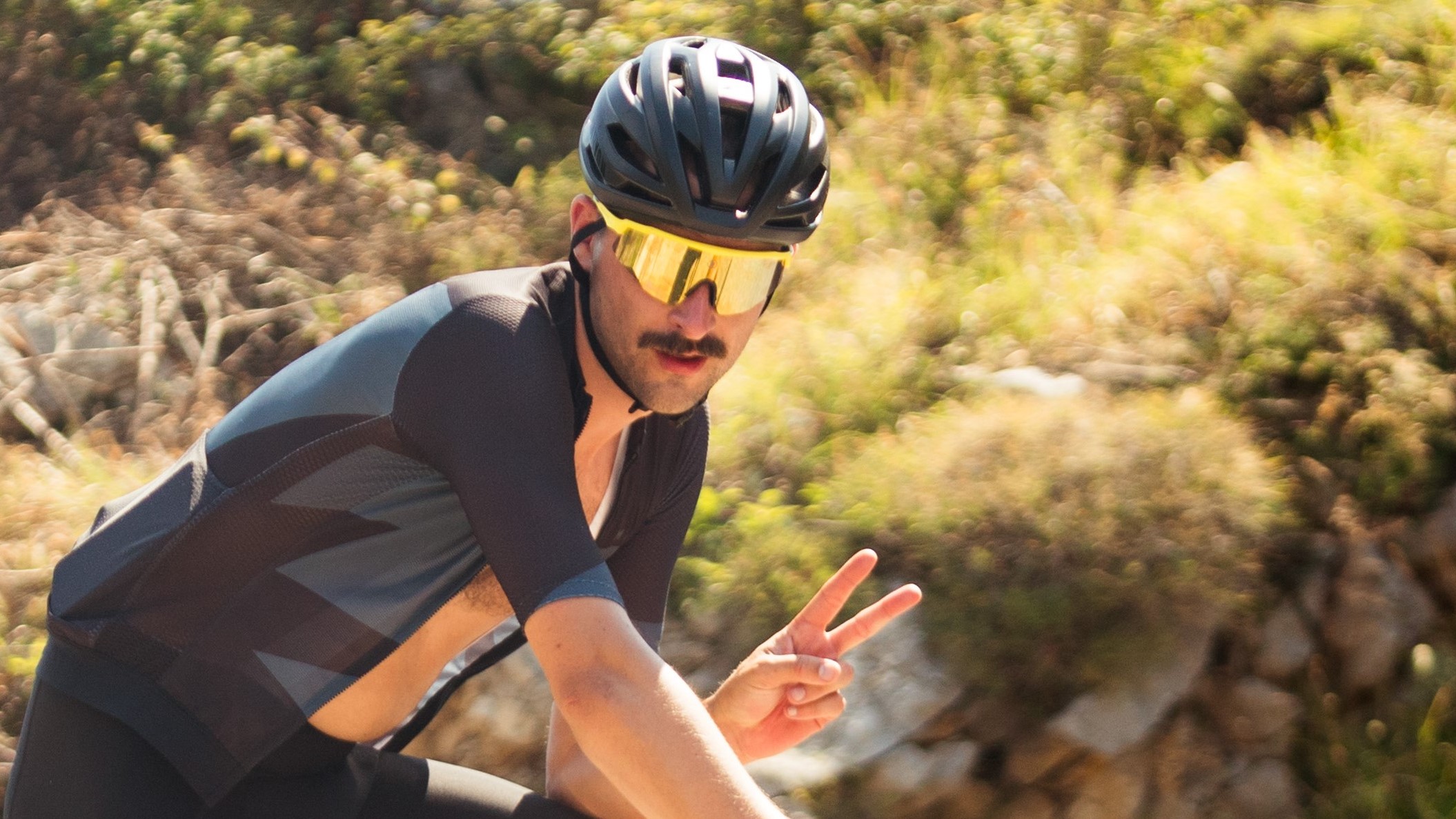
Lens performance
Modern performance lenses, especially higher end models, tend to feature a two-tone construction. A general tint is used within the lens itself, usually something orange/yellow/red to enhance contrast, before a reflective transparent coating is applied to the outer surface to reduce the light transmission to the desired level. In this case, the base tint is a mid-orange, with a yellow, almost green-gold outer tint.
In terms of performance in the sun, the lenses held up valiantly, even when faced with the brightest days the Cote d’Azur could throw at me during the launch of the new Canyon Ultimate. It is in reality relatively easy to create a lens that’s great in bright sunlight, but what’s harder is creating one that also works well in mixed or lower light conditions. The Shumba II lenses, while admirable, lack the low light performance of the proprietary lens tech of Clarity, Prizm, and HiPER from POC, Oakley, and 100% respectively. That being said, they aren’t bad by any stretch, and certainly not at this price point.
In the heat, with the close proximity to the face, they did suffer a modicum of fogging, but unless you’re regularly ascending for over an hour in 35-degree heat, you will almost certainly be fine. In the winter perhaps there will be more issues, but I've yet to come across a pair of cycling glasses that don’t fog up while stopped at traffic lights when it’s in single-figure temperatures.
Sun performance is good, low light not incredible but perfectly decent at this level, and distortion-free. There’s got to be a drawback, right? Well, the first thing that really drove me around the bend with these glasses was their propensity to cling to fingerprints. If you read our piece on the difference between cheap and expensive glasses you’ll read about oleophobic coatings - or the oil-resistant protective layer - that expensive glasses often feature.
The Shumba II glasses I don’t believe have this protective layer, and at times it felt like it had an oleophilic one instead; they regularly ended up really rather greasy and needed some heavy jersey wiping to get them back to their best.
The second thing that I didn’t like about these glasses was their level of internal reflection. With a low following sun from any angle behind you, you end up with such glaring reflections being blasted into your retinas that it can render them unusable at times. Yes, it’s a specific environmental setting, but it’s one to bear in mind as we head into autumn.
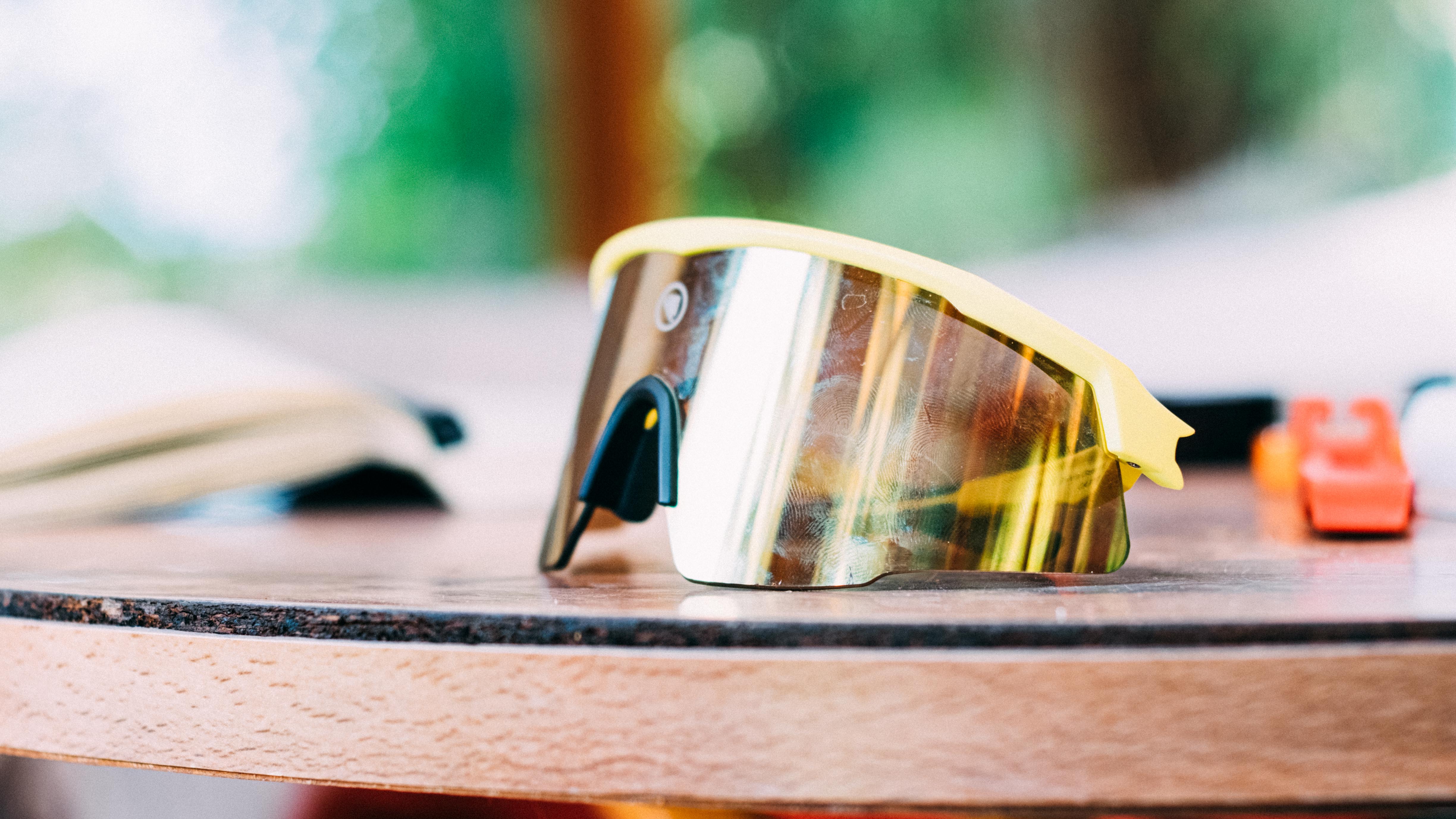
Comfort and retention
As a small-headed man, I am a great test bed for whether glasses are secure, and I’m pleased to report that the Shumba II held on very well despite no adjustability in either the arms or the nose pad. The rubber grippers on both aren't as tacky as what you’ll find on a pair of Oakleys, and as such, they don’t feel as secure, especially in the heat when sweat plays a part too, or the rain, but unless you have an absolutely minuscule bonce, you should have no issues with them staying put.
Comfort too was decent, thanks to the wide arms. If you’ve got a bigger head you may get more temple pressure which won’t be able to be alleviated by adjusting the arms, but compared to the arms of something like the Oakley Jawbreakers or the 100% Hypercraft, the arms are plenty wide enough. The frame material too keeps things feeling secure and not floppy.
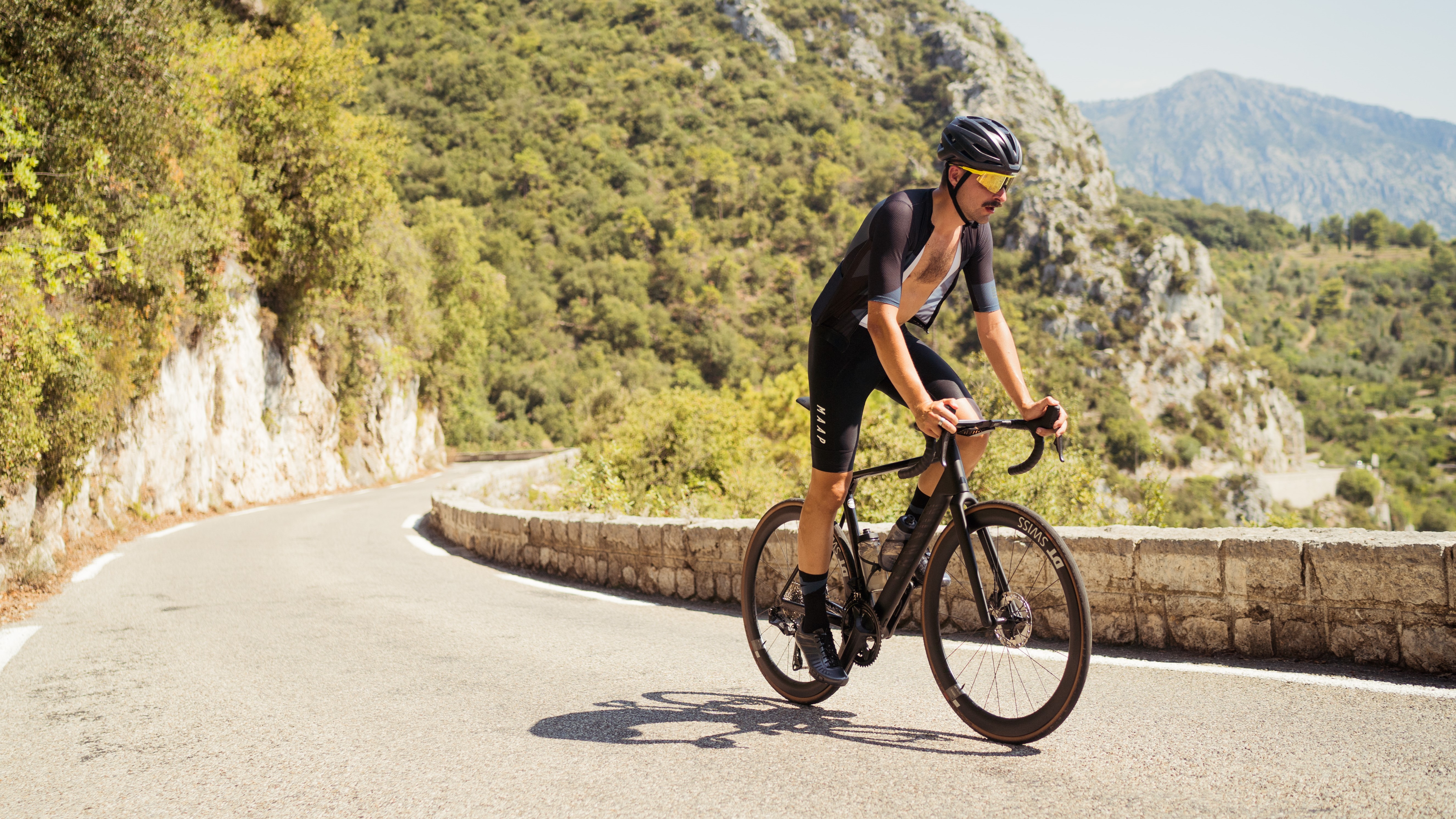
Value
There is a tendency as people get into cycling (or any other new hobby) to start buying cheap gear and then, after deciding it is a hobby for the long term, splashing out on premium goodies. While they may not offer quite as high a performance offering as top-end models, the Endura Shumba II do offer pretty brilliant value for money, especially when you consider they also ship with both an orange lens and a clear lens, so you can realistically use them year round (something that can’t be said for some glasses twice the price.)
Half the price of the best cycling glasses then, but a performance level that is noticeably better than half as good.
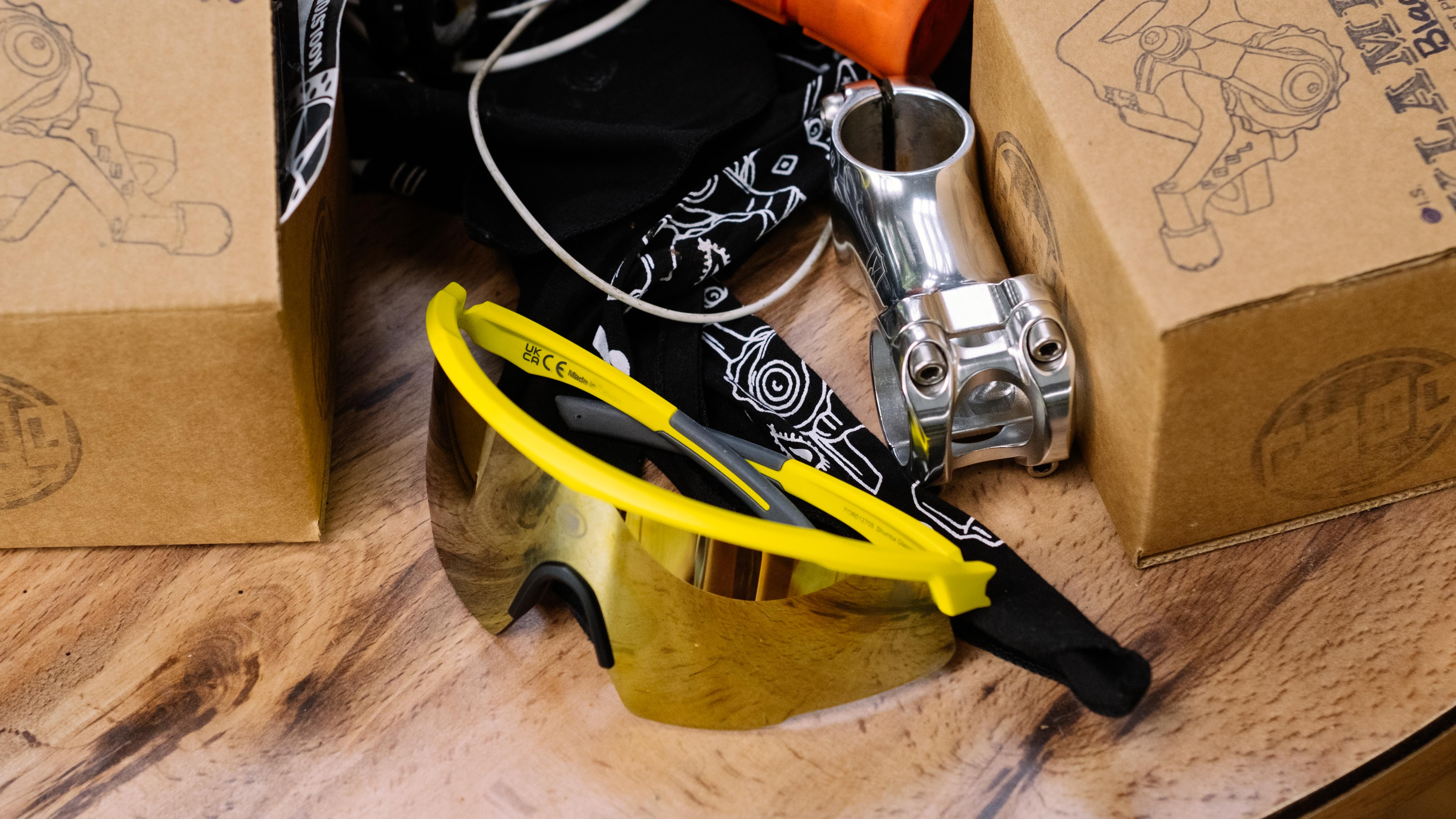
Verdict
If you’re wanting to kit yourself out with some performance eyewear then these really are a great place to start. You get year-round use, decent optics and good retention for an attractive price. I’ve compared these a lot throughout this review to more premium brands like Oakley and 100% because I believe the Shumba II stands up to comparison. They aren’t a better all-round performer, but they are in some areas, and when you can get a pair for under £50 in some places, they certainly offer a compelling package.
| Attributes | Notes | Rating |
|---|---|---|
| Design and aesthetics | A good looking, if not super premium visual package | 7/10 |
| Field of vision | Really excellent, up there with top of the range cycling glasses | 9/10 |
| Lens performance | Let down by fingerprints and internal reflections | 7/10 |
| Comfort and retention | No adjustment, but a secure and comfortable pair | 8/10 |
| Value for money | Given that you can pick a pair up for under £50 the value is very hard to beat | 9/10 |
| Overall rating | Row 5 - Cell 1 | 80% |

Will joined the Cyclingnews team as a reviews writer in 2022, having previously written for Cyclist, BikeRadar and Advntr. He’s tried his hand at most cycling disciplines, from the standard mix of road, gravel, and mountain bike, to the more unusual like bike polo and tracklocross. He’s made his own bike frames, covered tech news from the biggest races on the planet, and published countless premium galleries thanks to his excellent photographic eye. Also, given he doesn’t ever ride indoors he’s become a real expert on foul-weather riding gear. His collection of bikes is a real smorgasbord, with everything from vintage-style steel tourers through to superlight flat bar hill climb machines.
